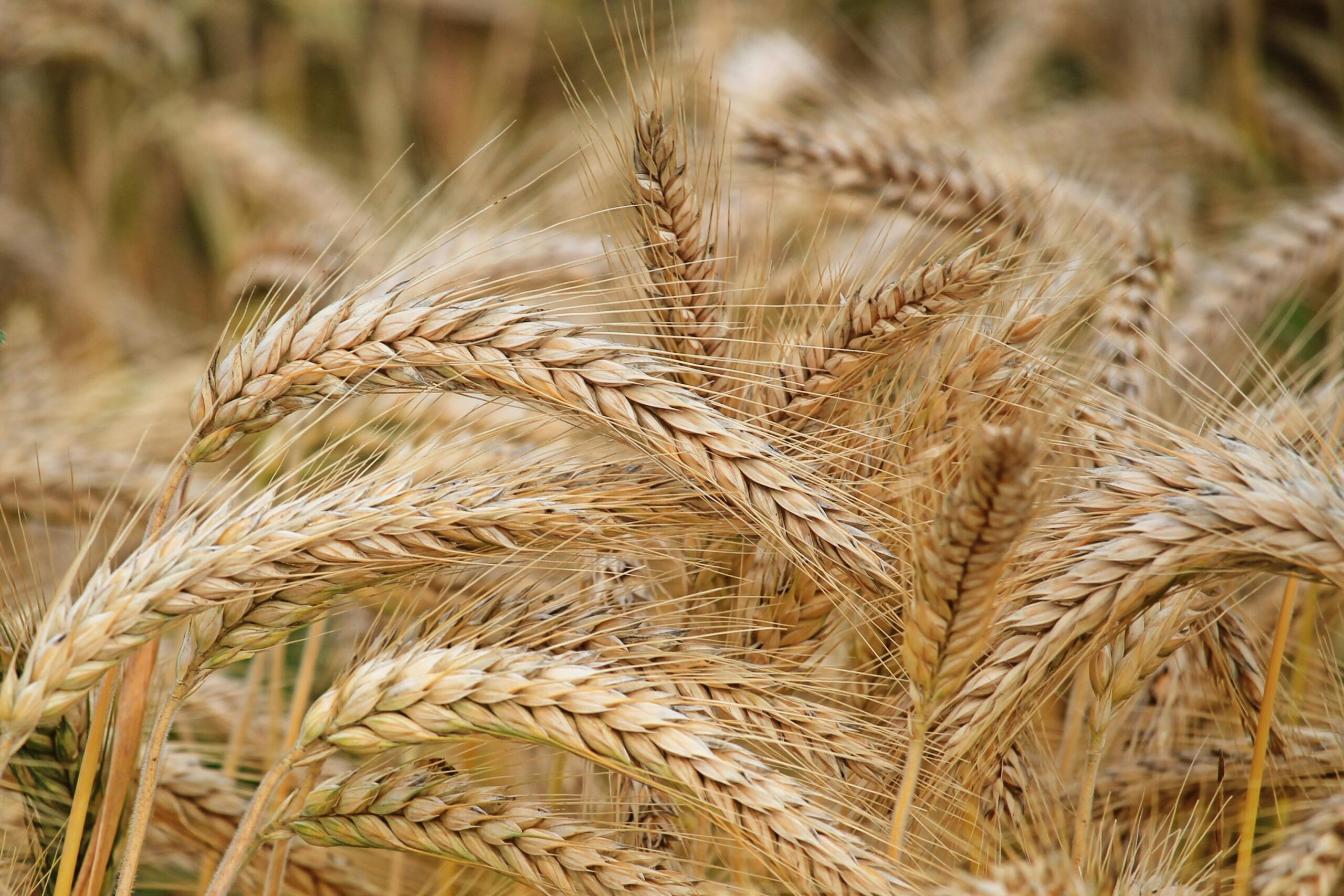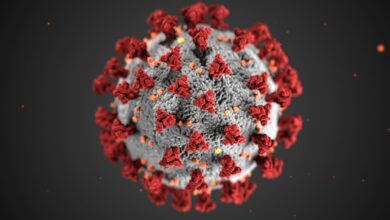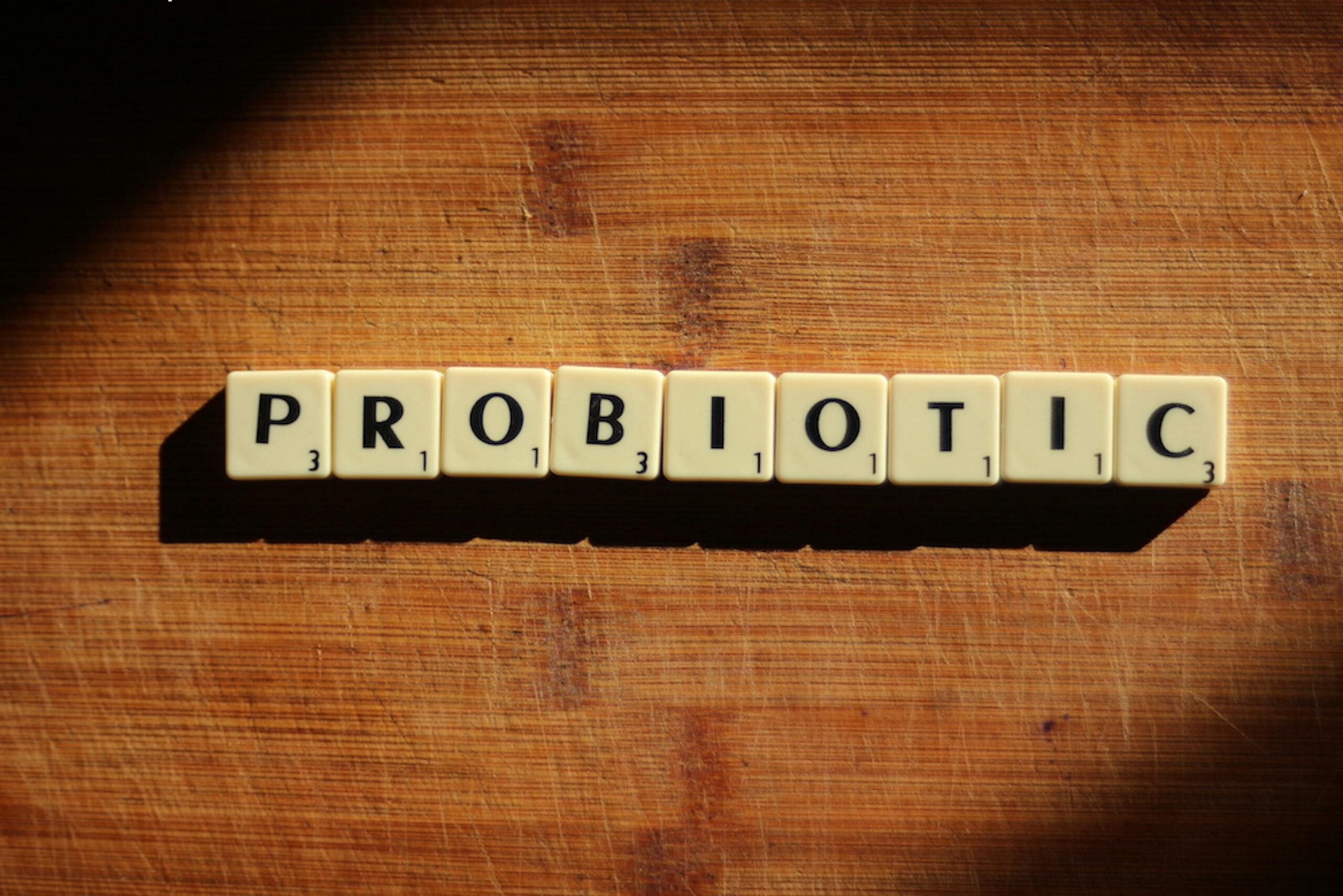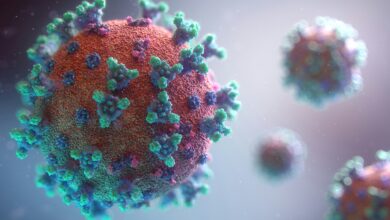Global Virus Network Warns of Potential Pandemic as H5N1 Spreads Across All 50 U.S. States

(WE) — A new warning from the Global Virus Network (GVN) has raised alarm bells across the public health community as the highly pathogenic avian influenza virus H5N1, known for infecting both animals and humans, continues its rapid spread across the United States. Since March 2024, the virus has infected more than 1,000 dairy herds and has now reached all 50 states. While human transmission remains limited, recent developments—including over 70 human infections and at least one confirmed death—have prompted calls for urgent global surveillance and mitigation strategies.
Animal-to-Human Spillover and Mounting Risks
The Centers for Disease Control and Prevention (CDC) confirmed in an April 2025 report that the virus has been detected in multiple mammalian species including dairy cows, cats, and raccoons, sparking concerns over the virus’s ability to mutate and eventually spread efficiently among humans.
“This virus might not go pandemic,” warned Dr. Marc Johnson, a virologist at the University of Missouri, via a post on X (formerly Twitter), “but it is really trying hard, and it sure is getting a lot of opportunities.”
A Death in Louisiana Marks a Turning Point
In January 2025, Louisiana recorded the first human death tied to the H5N1 outbreak. A 65-year-old man, who had pre-existing medical conditions and had reportedly been exposed to sick birds in his backyard flock, succumbed to severe respiratory complications following hospitalization.
According to Louisiana Department of Health, this tragic death serves as a stark reminder of the threat H5N1 poses, especially for immunocompromised individuals and those with close animal contact.
GVN Urges Action: Surveillance, Vaccination, and Standardized Testing
The Global Virus Network, a coalition of top virologists and epidemiologists from more than 70 institutions worldwide, issued a strong advisory in April urging governments to ramp up preparedness efforts. Their recommendations include:
- Standardized diagnostic testing for farmworkers
- Mandatory protective equipment in high-risk zones
- Accelerated vaccine development for animals and humans
- Global data-sharing to track mutations
“Understanding the current landscape of H5N1 infections is critical for effective prevention and response,” stated Dr. Sten H. Vermund, MD, PhD, dean of the USF Health College of Public Health at the University of South Florida.
Current CDC Assessment: Public Risk Still Low
Despite the widespread outbreak in animals, the CDC maintains that the risk to the general public remains low at this time. However, they caution that anyone who comes into contact with infected animals, especially dairy workers, poultry handlers, and wildlife officials, should follow strict biosecurity protocols.
“H5 bird flu viruses are regularly found in wild birds and have caused outbreaks in poultry and dairy cows,” the CDC’s April 2025 update states. “Human cases remain rare, but continued vigilance is crucial.”
The CDC’s surveillance tools, such as FluView and the National Respiratory and Enteric Virus Surveillance System (NREVSS), are currently being used to track H5N1 activity across the U.S.
Read More:
- Ozempic, Wegovy, and the Weight-Loss Injection and What You Need to Know in 2025
- 10 Signs You’re Addicted to Your Phone (And How to Break Free)
- 10 Warning Signs Your Liver Is Overworked and What to Do About It
The Virus in Cattle: A Game-Changer
The jump from birds to cows—particularly dairy cattle—has complicated the containment efforts. According to the U.S. Department of Agriculture (USDA), the virus is now confirmed in over 1,000 herds across states including Texas, California, Wisconsin, and Idaho, all major dairy producers.
Previously considered primarily an avian threat, H5N1’s adaptation to mammals raises fears about future mutations that could enable human-to-human transmission—a key criterion for a virus to spark a pandemic.
What Experts Say About H5N1’s Pandemic Potential
While the virus does not yet transmit easily between people, experts are deeply concerned.
“Each mammalian infection gives the virus another chance to mutate,” said Dr. Angela Rasmussen, a virologist at the Vaccine and Infectious Disease Organization in Canada. “The more it jumps into mammals, the more likely it becomes that it will acquire the genetic tools for efficient human spread.”
This concern echoes prior warnings from the World Health Organization (WHO), which has placed H5N1 on its list of priority pathogens for pandemic potential.
How H5N1 Infects Humans
H5N1 primarily spreads to humans through direct or indirect contact with infected birds or their environments. Transmission occurs when virus-laden droplets or particles are inhaled or come into contact with mucous membranes (eyes, nose, or mouth).
The virus is particularly dangerous due to its ability to cause rapid respiratory failure. Initial symptoms may include:
- High fever
- Cough
- Sore throat
- Muscle aches
- Shortness of breath
What Is the Mortality Rate for H5N1?
Historically, H5N1 has had a high mortality rate in humans. According to WHO, the fatality rate in confirmed human cases is approximately 52%, although this varies depending on the specific strain and the patient’s health.
In the 2025 U.S. outbreak, while most of the 70+ confirmed infections have been mild or moderate, the one fatal case underscores the need for caution.
What Kills H5N1?
Current treatments include antiviral medications such as:
- Oseltamivir (Tamiflu)
- Zanamivir (Relenza)
These drugs work best when taken within 48 hours of symptom onset. Severe cases may require intensive hospital care, including mechanical ventilation.
Research is ongoing to develop strain-specific vaccines. The National Institute of Allergy and Infectious Diseases (NIAID) has partnered with biotech firms such as Moderna and Pfizer to expedite mRNA-based H5N1 vaccines.
H1N1 vs. H5N1: What’s the Difference?
H1N1 and H5N1 are both types of influenza A viruses, but they differ in origin, impact, and transmission:
| Feature | H1N1 (Swine Flu) | H5N1 (Bird Flu) |
|---|---|---|
| First Major Outbreak | 2009 pandemic | 1997 Hong Kong outbreak |
| Animal Origin | Pigs | Birds |
| Human Transmission | High | Low (but increasing risk) |
| Mortality Rate | <1% | ~50% |
| Vaccine Available | Yes | In development |
Food Safety and Bird Flu: Can You Eat Eggs?
Yes, it is safe to eat eggs and poultry products—provided they are properly cooked. The U.S. Food and Drug Administration (FDA) recommends cooking poultry to an internal temperature of 165°F (73.9°C) and eggs until the yolks are firm.
Pasteurized dairy products also remain safe, as the virus is neutralized during processing.
However, the CDC advises against consuming raw milk or undercooked eggs during this time, especially from regions with confirmed outbreaks.
How U.S. States Are Responding
Several state governments have initiated emergency measures:
- Texas: Activated its animal disease task force and issued livestock movement restrictions.
- California: Allocated $20 million toward surveillance and biosecurity at dairy farms.
- Minnesota: Mandated H5N1 testing for all poultry farms within 10 miles of infected zones.
- New York: Distributed over 200,000 PPE kits to farmworkers and veterinarians.
White House and Federal Coordination
The White House has convened a new interagency task force led by the Department of Health and Human Services (HHS) and the Department of Agriculture (USDA). The goal is to:
- Strengthen biosecurity in the agriculture sector
- Develop emergency vaccine stockpiles
- Coordinate with international partners for shared surveillance
In a press briefing, HHS Secretary Xavier Becerra said, “We are taking this threat seriously and are proactively preparing for all possible scenarios.”
What You Can Do
While health authorities manage containment and treatment, the public can play a key role in prevention. Experts recommend the following steps:
- Avoid contact with wild birds or sick animals
- Report unusual bird deaths to local wildlife agencies
- Practice good hygiene, especially after farm visits
- Consume only pasteurized dairy and well-cooked poultry/eggs
- Wear protective gear if working in animal agriculture
Looking Ahead: Will H5N1 Go Pandemic?
At this point, H5N1 has not yet acquired the ability for sustained human-to-human transmission, a necessary condition for a pandemic. However, its growing presence in mammals and increasing human spillover cases suggest that the situation remains dynamic and potentially dangerous.
As Dr. Anthony Fauci once noted about infectious diseases: “Any time you have a virus circulating in animals with sporadic human infection, nature becomes the laboratory.”
The next few months will be critical as scientists monitor the virus’s behavior, mutations, and potential impact on humans.














